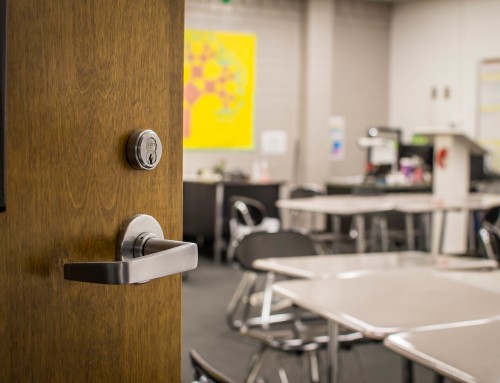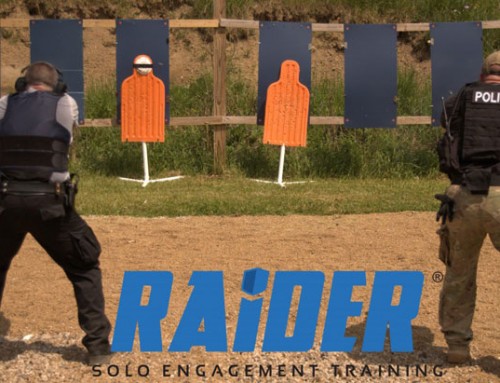Support for ALICE Concepts used during the Franklin Regional High School Stabbing Incident
On the morning of April 9, 2014, a 16 year-old student entered Franklin Regional High School brandishing two knives. The sophomore ran through hallways slashing and stabbing 20 students and one security guard. The attack ended when Vice Principal Sam King and senior student Ian Griffith subdued the assailant. Read more about this attack here.
Many schools still have a lockdown-only policy in place for response to violent attacks, which is an approach that does not take into account all of the various situational factors that can occur during a violent incident. The Franklin Regional attack illustrates both the shortcomings of a lockdown-only approach and the utility of the ALICE concepts—alert, lockdown, inform, counter, and evacuate. In this specific event, lockdown was not a viable option because the attack began before the first classes had even started. Many students had not made it into the building before the attack began; others were still in the crowded hallways. The attack itself consisted of the assailant running through the hallways slashing and stabbing at unsuspecting high school students. Students did not have the option of lockdown because lockdown only works when individuals are in a place that can be secured.
Brave actions from multiple individuals throughout this tragedy highlight the value of having more than one response option during violent attacks. First, there was the quick thinking of student Nate Scimio who suffered a stab wound as he allegedly pulled the fire alarm. While pulling the fire alarm is not always the right way to handle a violent event, in this case, students who had not yet entered the school stayed outside because of the alarm, and students who were on the inside but were not near the commotion were alerted to danger in the building and were then able to evacuate.
The brave actions continued with Vice Principal Sam King and senior student Ian Griffith who used a form of counter when they tackled the attacker. Their bravery prevented countless wounds or even death. The success of these efforts drives home the point that students and staff really need to be trained for these situations and empowered to make life-saving decisions.
According to a study of shooter events in the US from 2000-2010, 49% of the time the shooter events ended without the police.
With violent intruder incidents, the people on site when the attack begins are the true first responders. Nearly 50% of the time shooter events end without the police; therefore, civilians training is necessary. Additionally, the sooner an attack ends, the less opportunity there is for more victims to be injured or killed. These facts illustrate that there is a need to train civilian populations in survival-enhancing response options.
ALICE provides strategies and life saving techniques which are options for survival in these types of violent attacks. These concepts can be used across various situations and can be used by individuals of all ages and competencies. To learn more about bringing ALICE training to your school click here. To sign up for training near you, visit our training calendar. To get free training, learn more about hosting an ALICE Training class.






